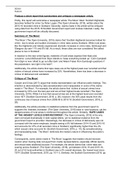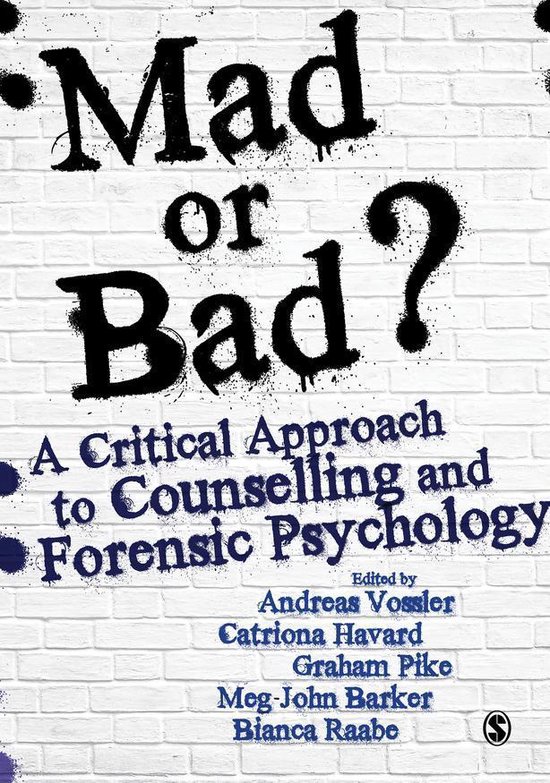DD310
TMA 01
Produce a short report that summarises and critiques a newspaper article.
Firstly, this report will summarise a newspaper article ‘The Moon’ titled: ‘Scottish Highlands
becomes hotbed for crime’ by Peter Logan (The Open University, 2018), written about the
2015-16 recorded crime in Scotland. Secondly, claims made in the article will be critiqued
using data from the 2015-16 Scottish Government report and module materials. Lastly, the
government report will be critically discussed.
Summary of ‘The Moon’
‘The Moon’ (The Open University, 2018) claims that ‘Scottish Highlands becomes hotbed for
crime’, due to sharp and sudden increases in crime rates across Scotland. While rural areas
like the Highlands and Islands experienced dramatic increases in crime rates, Edinburgh and
Glasgow city saw 11% and 9% fall. As a result, these cities are now considered ‘the safest
places to live in Scotland’.
In reaction to the new crime figures, residents of rural areas express their fears and
concerns: Lorna McDonald from Skye intends to ‘keep everything locked up’; Colin Campbell
from Elgin is now ‘afraid to go out after dark’ and Aileen Fraser from Sumburgh questions if
the perpetrators ‘are right in the heid?’.
Additionally, the article claims that rape cases are at the highest peak ever recorded and that
victims of sexual crimes have increased by 53%. Nonetheless, there has been a decrease in
crimes of dishonest and vandalism.
Critique of ‘The Moon’
Cooper and Cross (2017) argue that media representation can influence public feelings. This
intention is demonstrated by data sensationalism and manipulation in some of the claims
made in ‘The Moon’. For example, the article claims that ‘victims of sexual crimes have
increased by 53% over the last year and are at their highest levels recorded’ (The Open
University, 2018). While it is true that sexual crimes are at the highest level ever recorded
since 1971 (Scottish Government, 2016, p. 26), however, the 35% peak results from the
continuous rise of sexual crimes from 2008-09 to 2015-16 (Scottish Government, 2016, p.
26).
Additionally, the article provides no statistical evidence from the government report to
supports the ‘dramatic increases’ (The Open University, 2018) seen in rural locations, yet the
dangerousness of rural areas is reinforced throughout the article. Similarly, ‘RAPE CASES
AT THE HIGHEST LEVELS EVER RECORDED’ (The Open University, 2018) is the only
claim conveyed dramatically in bold capital letters, yet no statistical evidence from the
government report is provided. Interestingly, the decrease in crimes of dishonesty was not
conveyed with the same emphasis, despite seeing a 9% fall between 2014-15 and 2015-16
and accounts for 47% of all recorded crime in Scotland, significantly higher than the 4%
which sexual crime accounts for (Scottish Government, 2016, p. 10). By sensationalizing
and manipulating data, ‘The Moon’ reinforces the media’s nature in influencing the public’s
feelings.
Consequently, some claims made in ‘The Moon’ suggests that readers should exercise
caution when trusting data conveyed from media representations, especially official reports,
and should seek additional sources. For example, the article claims that ‘crime rates are
soaring across Scotland’ (The Open University, 2018), yet between 2014-15 and 2015-16,
20 out of 32 local authorities in Scotland saw a 4% overall decrease, the ‘lowest level since
1974’ (Scottish Government, 2016, pp. 10-11). Similarly, the Scottish Government (2016, pp.





